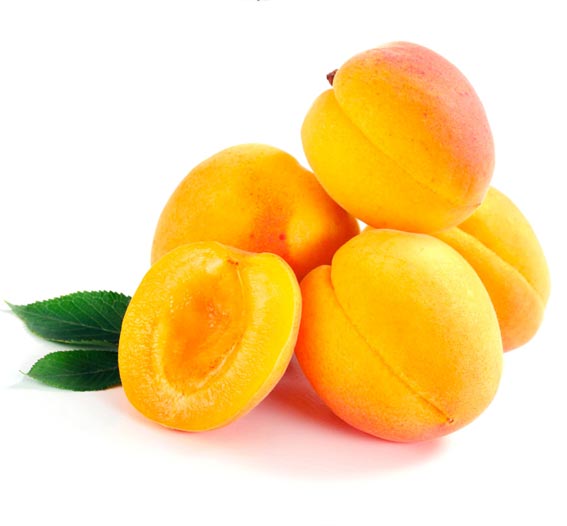
This coloration present in apricots, persimmons, peaches and nectarines is due to high quantities of beta-carotene, a substance belonging to the family of carotenoids and which our bodies convert into vitamin A.
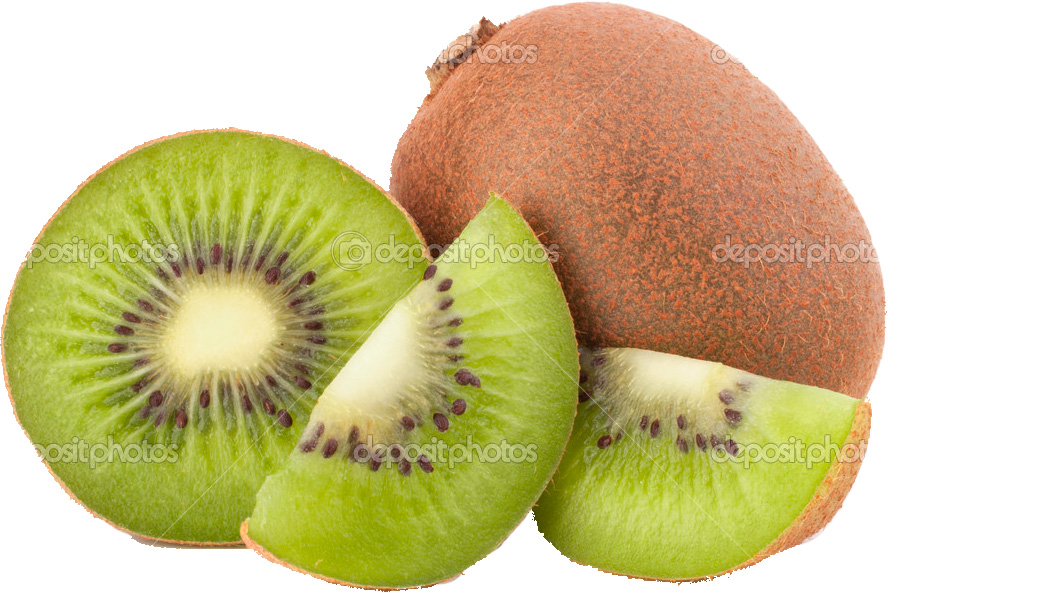
Magnesium and folic acid are two nutrients that all greens and fruit have in common and which contribute to normal energy metabolism.
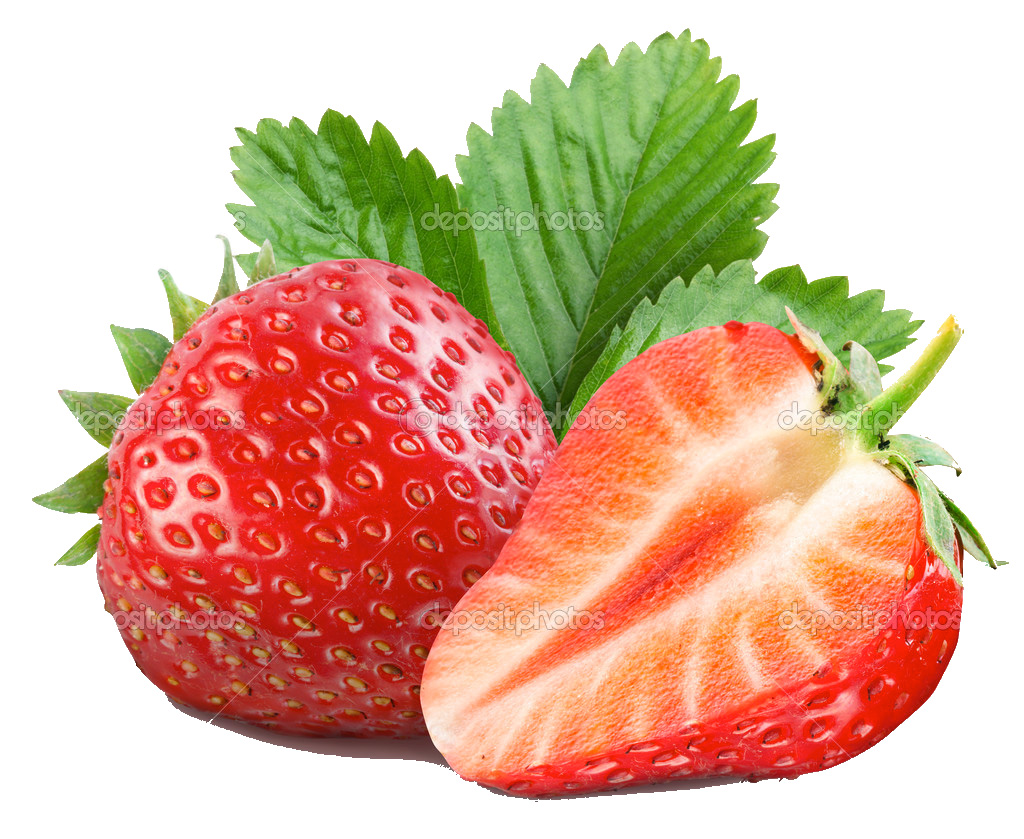
Lycopene and anthocyanins are two antioxidant phytocompounds present in strawberries, water melons and cherries, but also tomatoes and bell peppers provided that they are eaten raw.
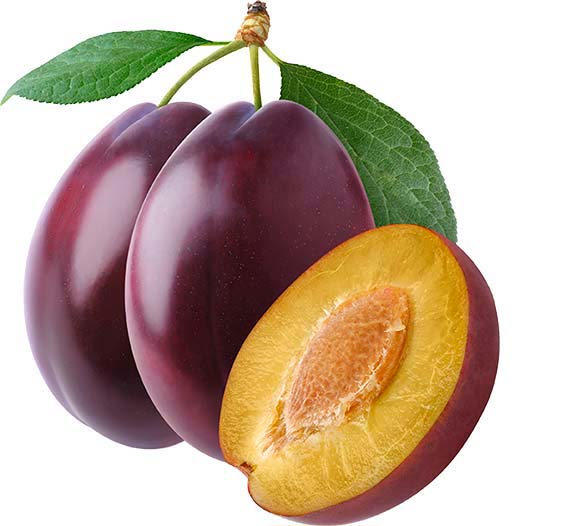
The blue-violet vegetables and mixed berries in particular, are rich in vitamin C which, if consumed every day, contributes to the regular function of the immune system.
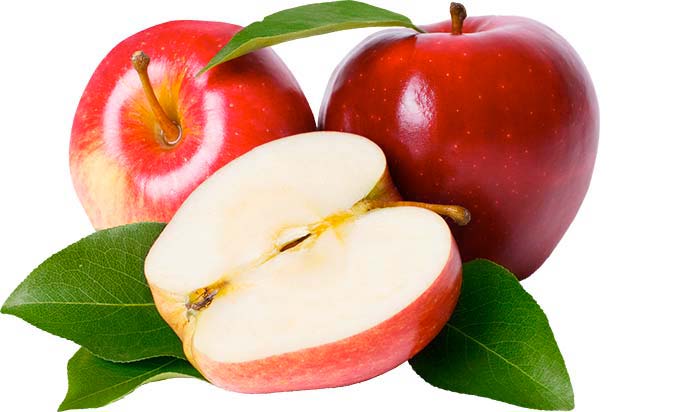
Present in pears and apples. Of the compounds in this group having a protective action there are two particularly interesting nutrients: potassium and fibre.
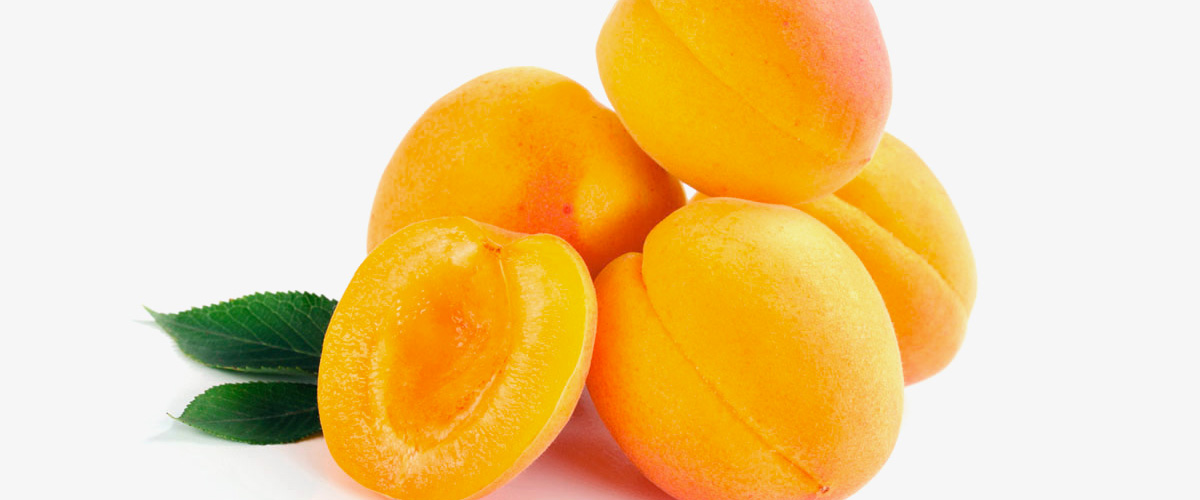
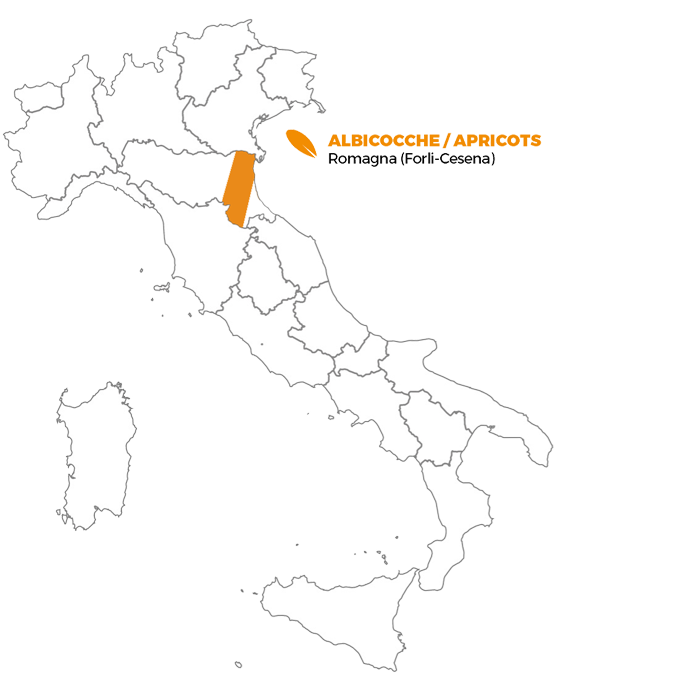
Apricots (Prunus armeniaca): The apricot originally came from north-eastern China near the border with Russia. Its presence there can be dated back 5000 years. From that geographical location it spread slowly westward through central Asia as far as Armenia (from which it takes its name) where Alexander the Great is said to have discovered it. The Romans introduced it into Italy and Greece in 70-60 B.C., but its spread throughout the Mediterranean basin was then consolidated by the Arabs and the name in fact derives from the Arab word al-barqūq. The apricot has grown wild in China for no less than 4,000 years. Today it can be found in more than 60 countries and is grown in hot or temperate relatively dry climates. Our producers are located mainly in the province of Cesena. They cultivate prestigious varieties destined for a market that demands a high quality product.
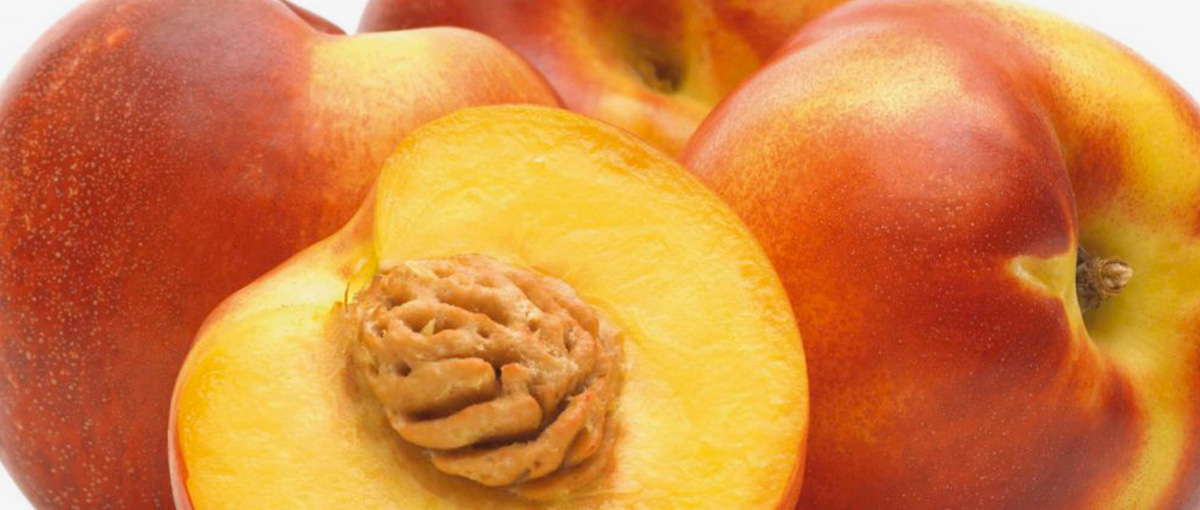
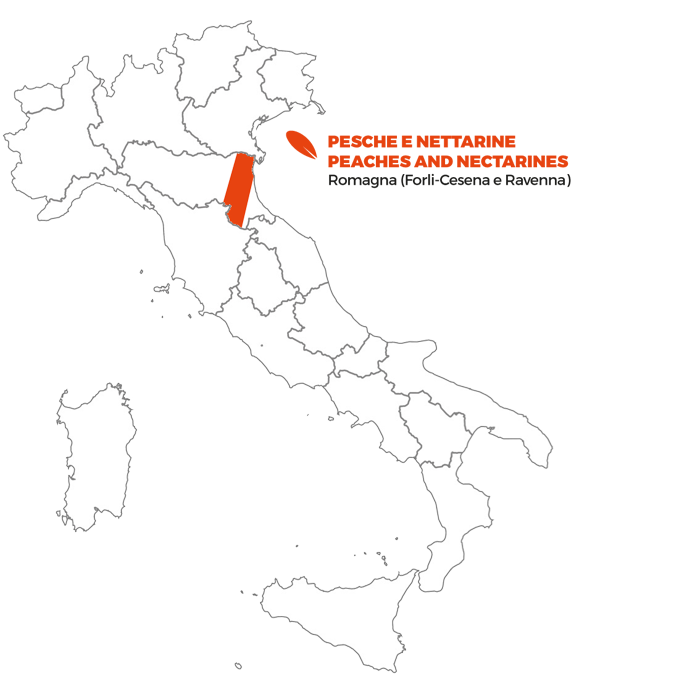
Peaches and Nectarines (prunus persica): The peach is a tree that originated in China where it was considered a symbol of immortality and where its flowers were celebrated by poets, painters and singers. From the east the peach arrived in Persia and from there it came to Europe; it is from Persia that the name of the species derives and has the meaning “of Persia” (still to be found in many Italian dialects such as the Roman dialect word “persica”, or Genovese “persiga”). In Egypt the peach was sacred to Harpocrates, the god of silence and childhood, to the point that even today the cheeks of children are compared to peaches on account of their softness and fleshiness. The fruit arrived in Rome in the first century A.D. and thanks to Alexander the Great it spread throughout the Mediterranean basin. In fact according to the Roman writer Rutilius Taurus
Aemilianus Palladius it seems that he was fascinated when he saw it for the first time in the gardens of King Darius III during the expedition against Persia. Our producers are concentrated in Romagna which is the most favourable location for peach growing.
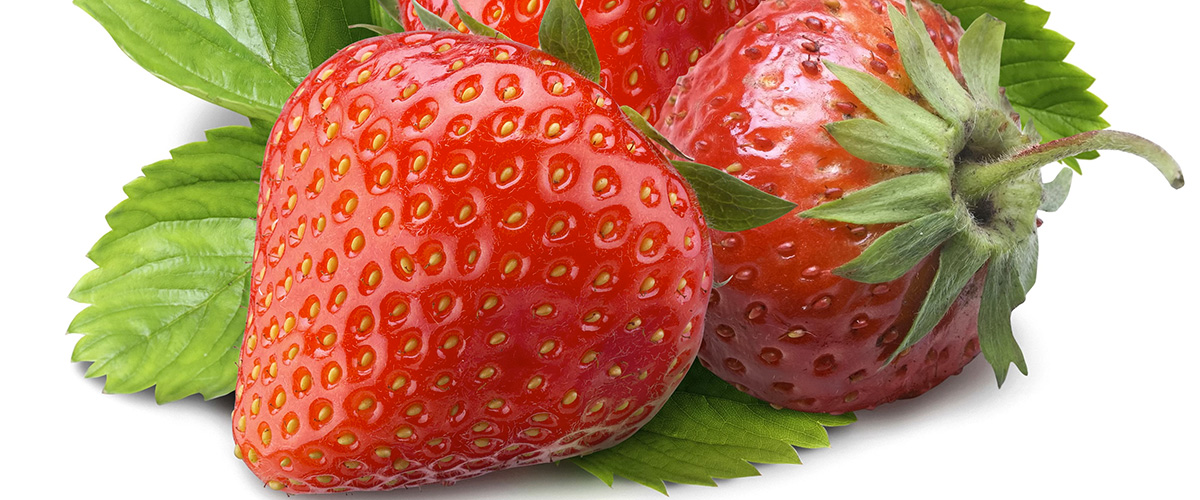
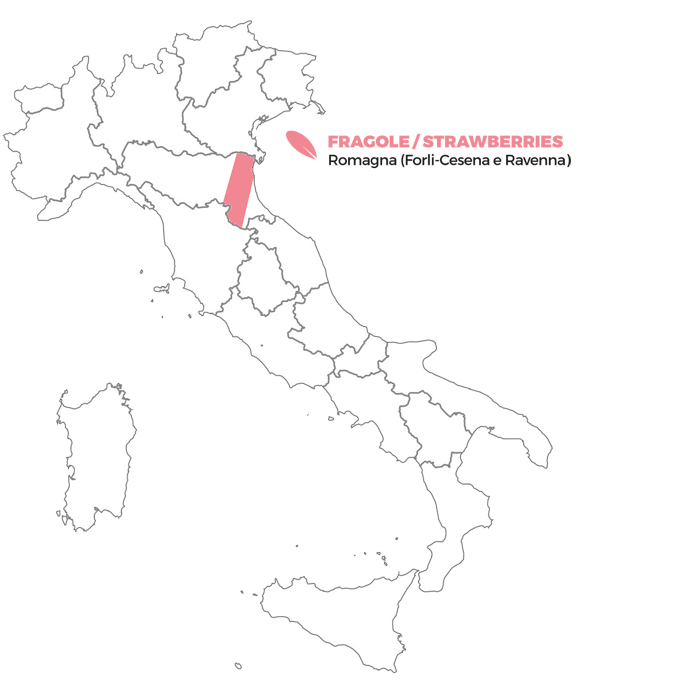
Originally from the Alps, where they grew wild, the strawberry (Fragaria vesca) was called fragrans by the Romans, in honour of its intense fragrance. This fruit appeared regularly on the tables of ancient Rome at the time of the festivals honouring Adonis. As legend would have it, when Adonis died Venus cried profusely, her tears reached the earth and transformed into little red hearts: the strawberries.
Until the 17th century wild autochthonous species were grown in Europe (Fragaria vesca, F. viridis, F. moschata) and others introduced from North America (F. virginiano). The most important contribution to the cultivation of this species came from a French officer who imported from Chile the mother plants used as a base for producing the Fragaria x ananassa hybrid to which all the currently widespread cultivars belong. The area of Cesena is the typical strawberry growing area and produces the best strawberries. Harvesting takes place in May.
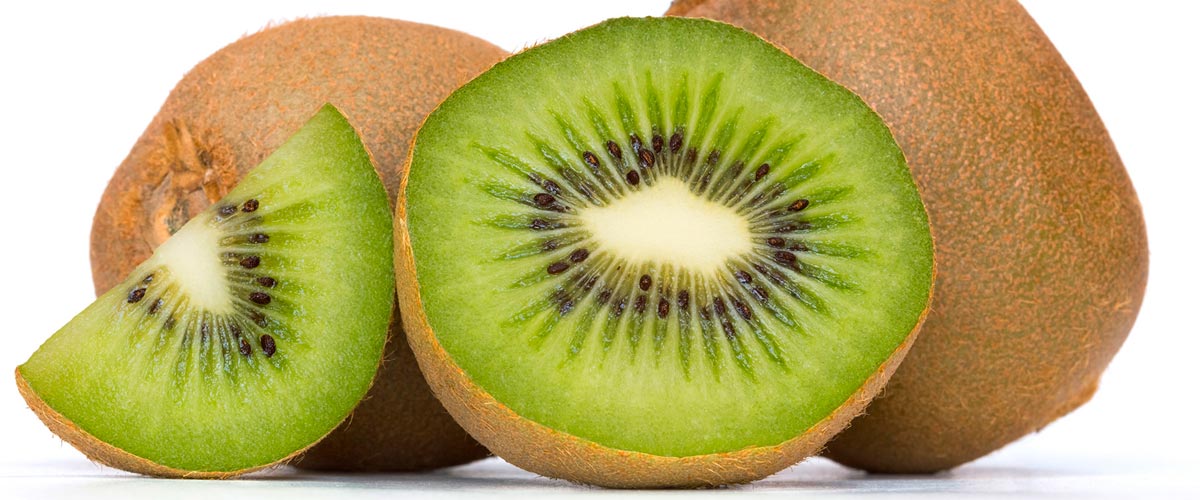
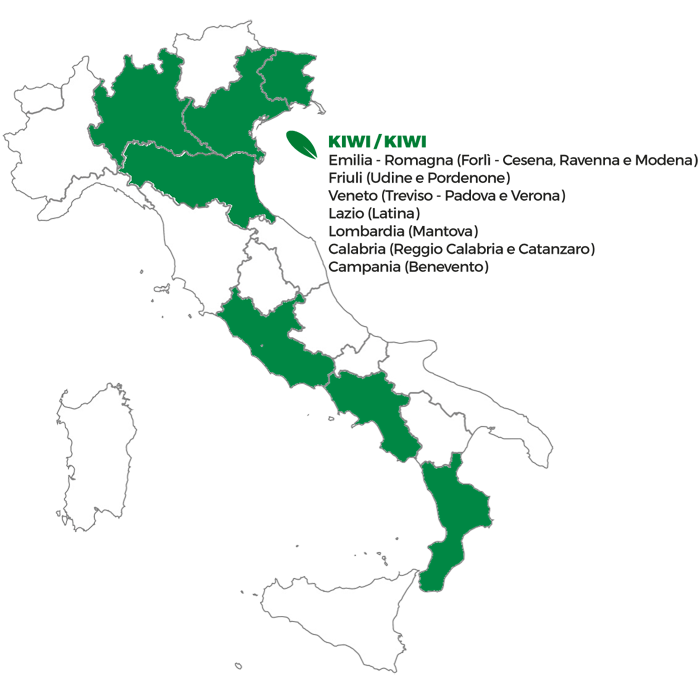
This plant originates from southern China where it has been grown for about 700 years. Its fruit was considered a delicacy by Chinese emperors and it was also used ornamentally. In the early eighteen hundreds it arrived in England and in the nineteen hundreds it became widespread through intensive farming in New Zealand where it found a fairly favourable environment. This explains why its name is taken from the bird which is the symbol of New Zealand.
At the end of the nineteen hundreds it spread through Europe and especially in Italy which soon became the second largest producer of this fruit in the world. The kiwi is the key product of Commercio frutta. The production areas are located in various parts of Italy inhabited by the species. Our producer members are in Friuli, Veneto, Emilia Romagna, Lazio and Calabria.
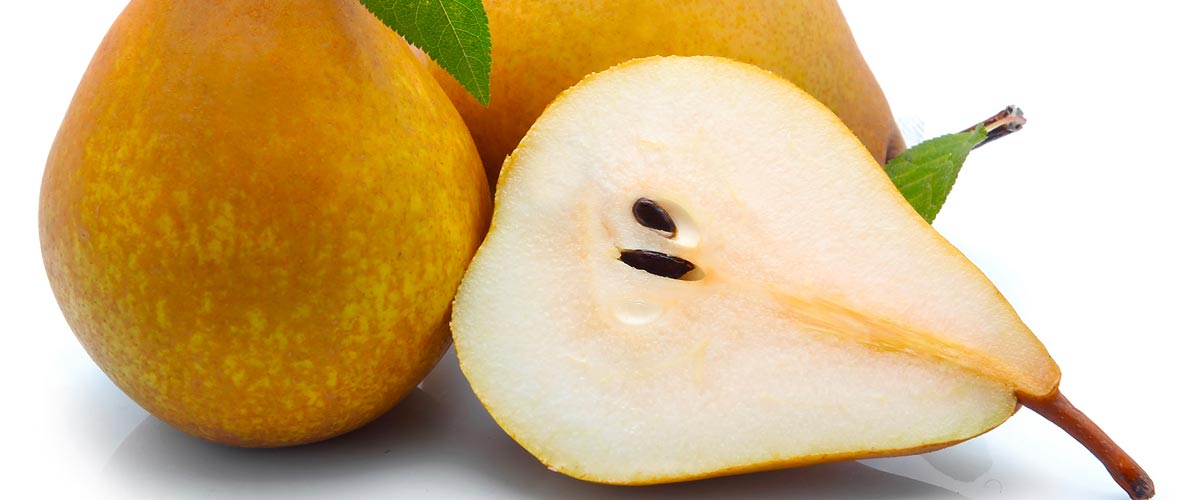
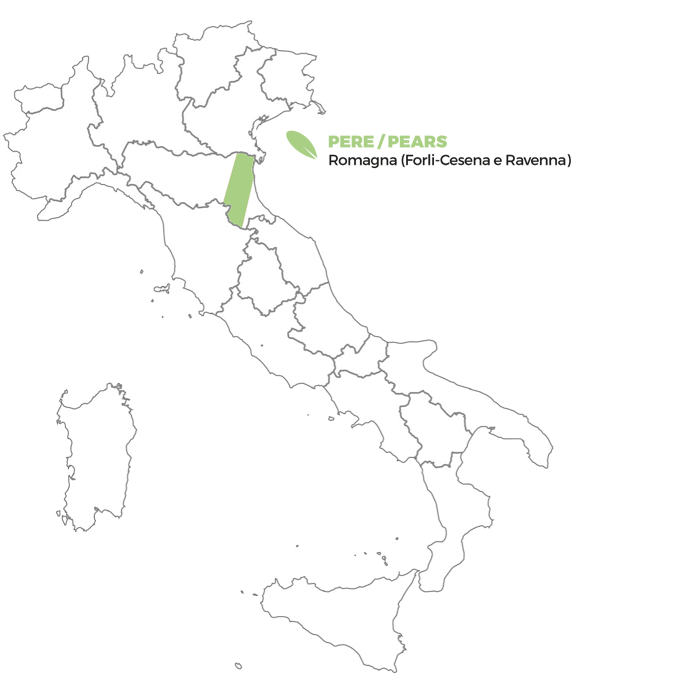
The origins of pear cultivation (Pyrus Communis L.) date back to antiquity with finds from Asia and Europe more than 4000 years old. The poet Homer recalls the pear groves of Alcinous and Laertes, while Greek mythology attributes the pear the meaning of healthy tasty fruit, the favourite of gods and heroes. Pear cultivation came from Magna Graecia to Rome where it was widespread and had great admirers: Cato and Pliny perfected the growing techniques while Pompey and Nero were enthusiastic consumers. After the period of medieval decline this crop spread through Mexico and California thanks to the work of Spanish missionaries, and in Europe, especially Belgium and France in the seventeen hundreds. In the Roman period about forty varieties were mentioned but now more than 5000 varieties are known although only a small number are grown for profit. Our producers are in the province of Ravenna.
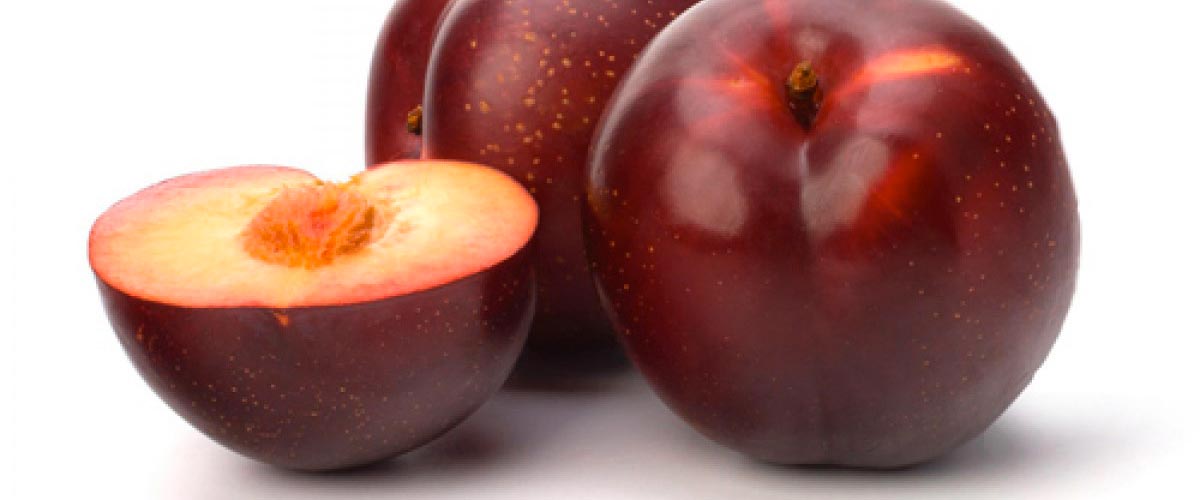
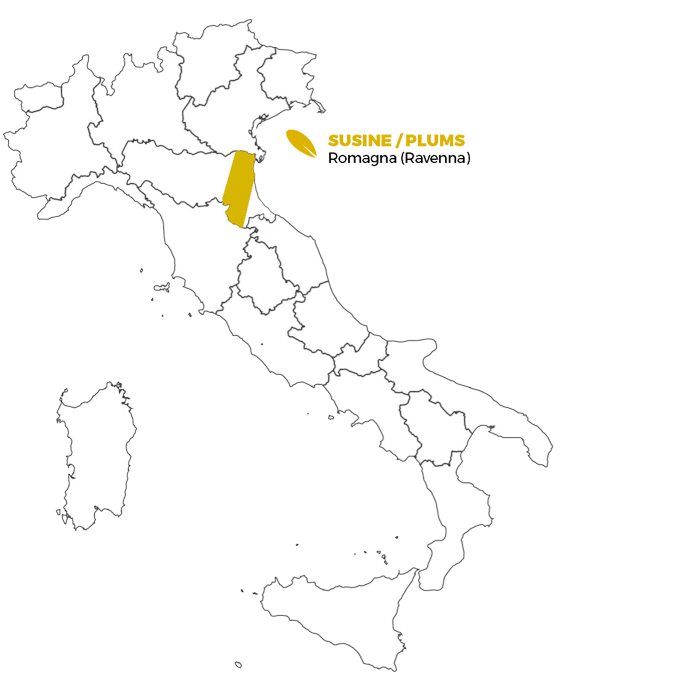
Originally from Eurasia and North America, the plum (Prunus domestica) was introduced into Europe about 20,000 years ago. The first references to its presence in Italy date from the first century A.D. when Pliny the Elder mentioned it in his “Naturalis Historia”. Our companies are in the province of Ravenna.
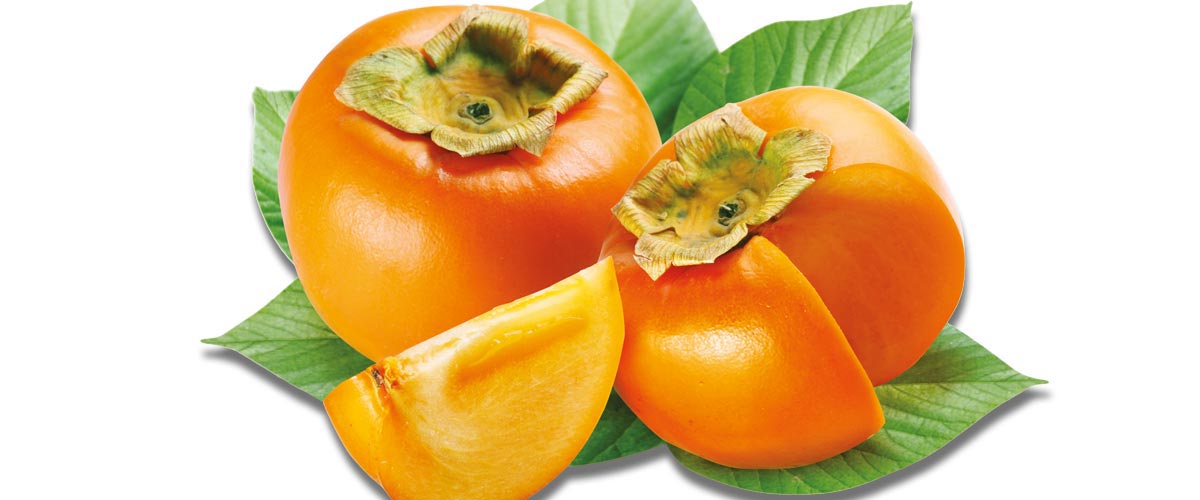
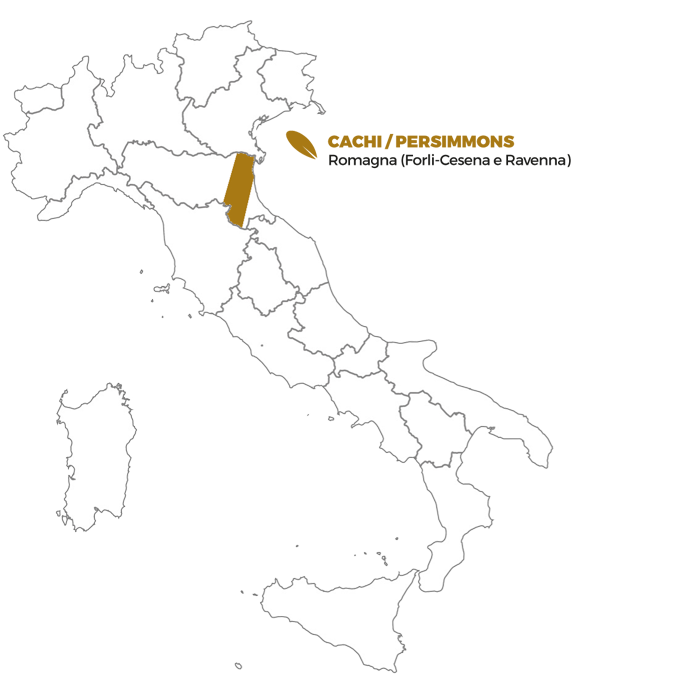
Diospyros Persimmon is one of oldest fruit plant cultivated by human, famous for its massive use in China for over 2000 years. Its first publicized botanical description is dated back to 1780. It hails from the Middle-Southern of China. Known as Oriental Apple, it was defined the Seven Virtues Tree by chinese people: it has a long life, it gives a great shadow, it gives birds the possibility to nest within its branches, it cannot be attacked from parasitics, its yellow-red autumnal leaves are decoratives until cold, its wood offers a good fire, its plentiful leaves fall provides rich fertilizing substances. Around the half of nineteenth century, it was spreaded into America and Europe. The first specialized systems in Italy appeared in Salerno, into Agro Nocerino in particular, starting from 1916, then they extended towards Emilia. Commercio Frutta produces persimmons in Romagna, especially in Forlì-Cesena and Ravenna areas.